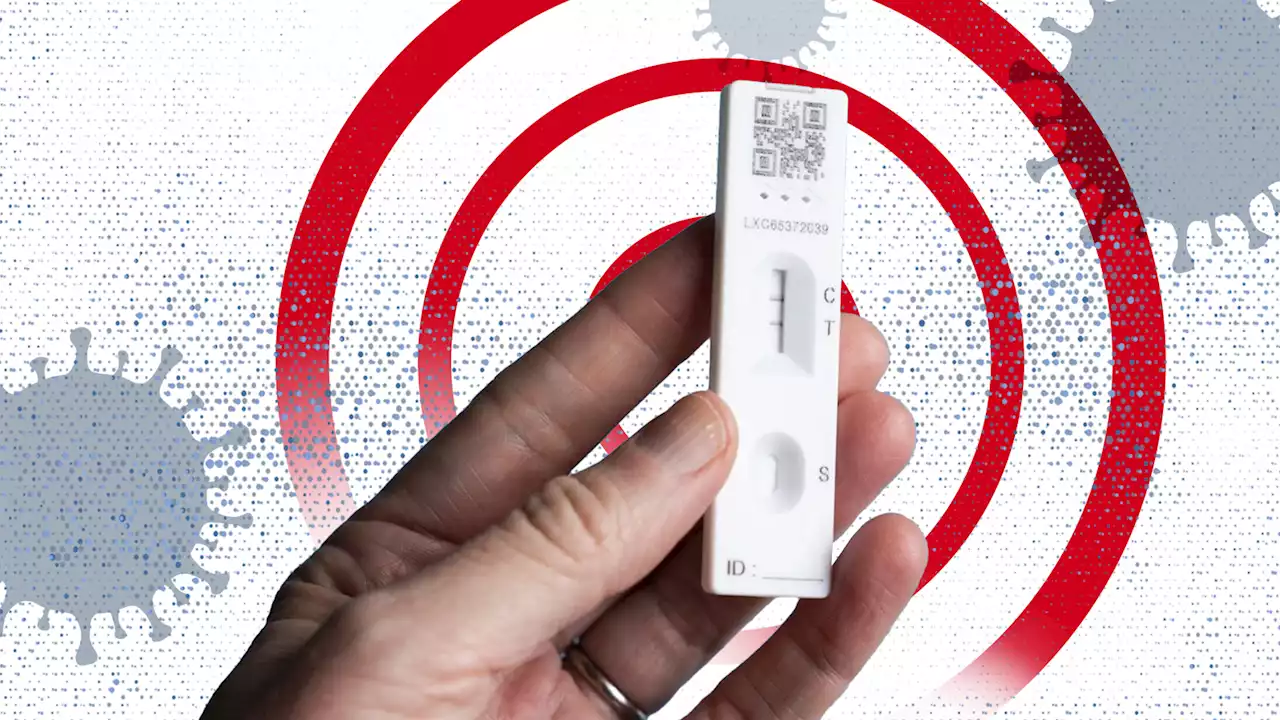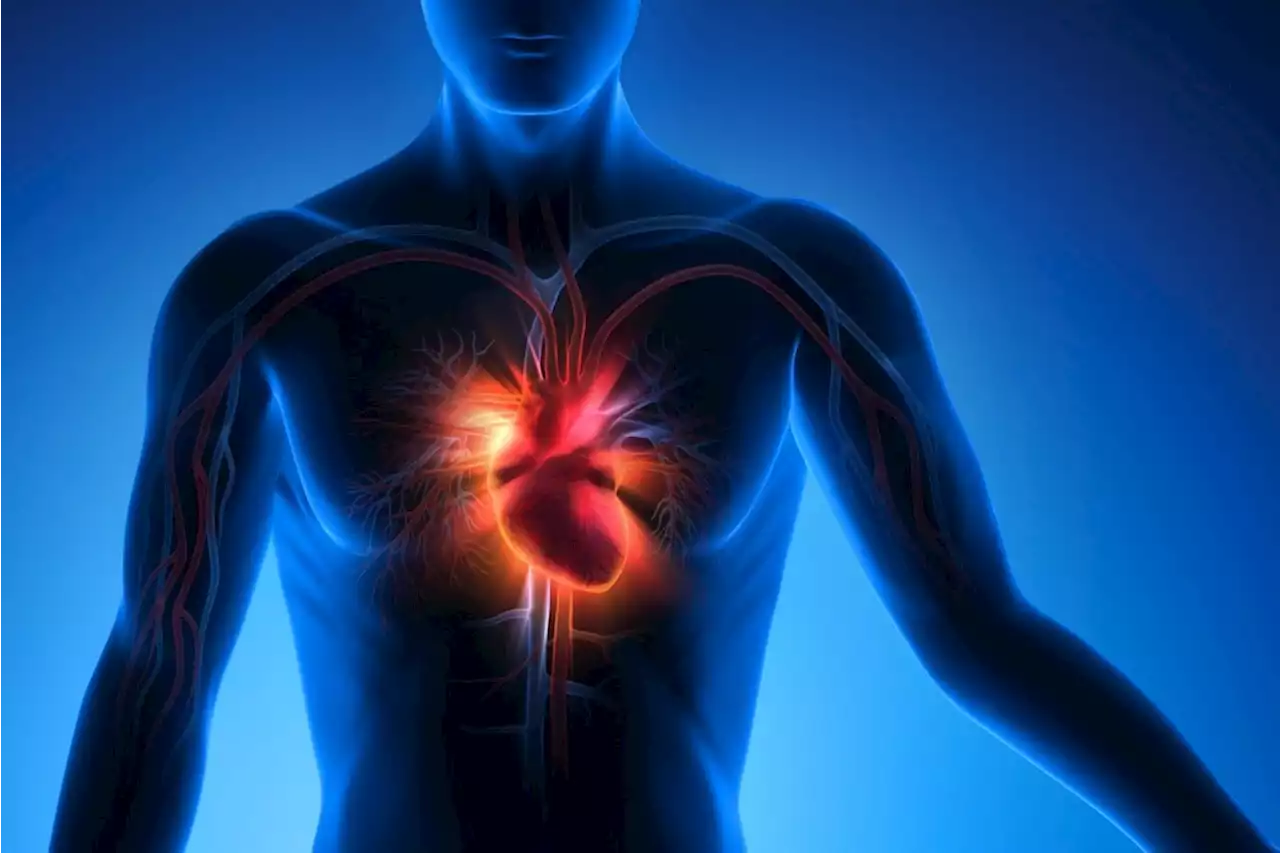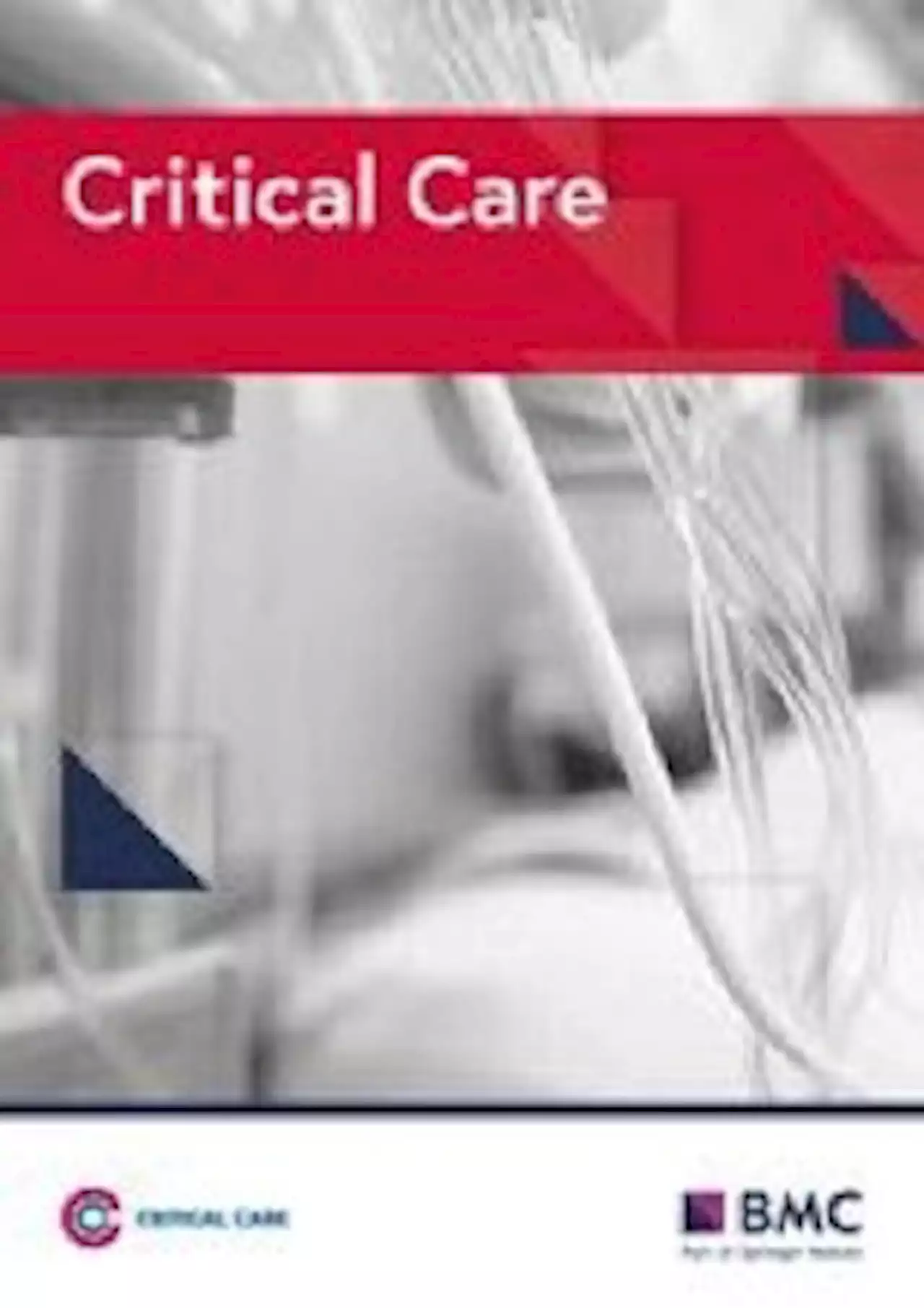The UK could be on track for a relatively low-Covid Christmas for the first time in three years, according to forecasting from experts.
that this model is “based on everything that has happened so far”, including infection data, hospitalisation and death rates and vaccine uptake, as well as Google mobility data.
“You can see a pattern over the past two years of a peak in late October or early November, and then a large one after Christmas,” he told the broadcaster, explaining that this could be because “contact rates are really up” during the holidays, when you are often inside or travelling to visit friends or family you haven’t seen for a long time.However, as the past few years have taught us, the situation can change rapidly thanks to the emergence of new variants.
Last week, the UK Health Security Agency identified two new Covid variants, BQ.1 and XBB, as “currently circulating in England”. Both are believed to have developed from the Omicron variant, but neither has yet been labelled a “variant of concern”. Sign up for the latest news and must-read features from Stylist, so you don't miss out on the conversation.
Australia Latest News, Australia Headlines
Similar News:You can also read news stories similar to this one that we have collected from other news sources.
 Modelling predicts low-COVID Christmas - but another peak in JanuaryUniversity College London modelling suggests the next winter peak won't come until after Christmas and will be bigger than previous ones. But an epidemiologist tells Sky News the number of Omicron sub-variants seen this year make predictions impossible.
Modelling predicts low-COVID Christmas - but another peak in JanuaryUniversity College London modelling suggests the next winter peak won't come until after Christmas and will be bigger than previous ones. But an epidemiologist tells Sky News the number of Omicron sub-variants seen this year make predictions impossible.
Read more »
 Covid experts give predictions for Christmas as two new strains found in UKFOR the first times in years Britain could experience a relatively Covid-free Christmas this winter, despite the emergence of two new variants. Modelling by University College London (UCL) suggests…
Covid experts give predictions for Christmas as two new strains found in UKFOR the first times in years Britain could experience a relatively Covid-free Christmas this winter, despite the emergence of two new variants. Modelling by University College London (UCL) suggests…
Read more »
 The impact of genetic and lifestyle factors on the risk of major cardiovascular and thromboembolic events post-COVID-19 diagnosisThe impact of genetic and lifestyle factors on the risk of major cardiovascular and thromboembolic events post-COVID-19 diagnosis medrxivpreprint UniofOxford LSHTM Cambridge_Uni ErasmusMC
The impact of genetic and lifestyle factors on the risk of major cardiovascular and thromboembolic events post-COVID-19 diagnosisThe impact of genetic and lifestyle factors on the risk of major cardiovascular and thromboembolic events post-COVID-19 diagnosis medrxivpreprint UniofOxford LSHTM Cambridge_Uni ErasmusMC
Read more »
 Hopes grow for 'Covid-free Christmas' with infections fallingBrits are likely to enjoy a relatively Covid-free Christmas for the first time in three years, experts have predicted 🎅😷
Hopes grow for 'Covid-free Christmas' with infections fallingBrits are likely to enjoy a relatively Covid-free Christmas for the first time in three years, experts have predicted 🎅😷
Read more »
 Different epidemiology of bloodstream infections in COVID-19 compared to non-COVID-19 critically ill patients: a descriptive analysis of the Eurobact II study - Critical CareBackground The study aimed to describe the epidemiology and outcomes of hospital-acquired bloodstream infections (HABSIs) between COVID-19 and non-COVID-19 critically ill patients. Methods We used data from the Eurobact II study, a prospective observational multicontinental cohort study on HABSI treated in ICU. For the current analysis, we selected centers that included both COVID-19 and non-COVID-19 critically ill patients. We performed descriptive statistics between COVID-19 and non-COVID-19 in terms of patients’ characteristics, source of infection and microorganism distribution. We studied the association between COVID-19 status and mortality using multivariable fragility Cox models. Results A total of 53 centers from 19 countries over the 5 continents were eligible. Overall, 829 patients (median age 65 years [IQR 55; 74]; male, n = 538 [64.9%]) were treated for a HABSI. Included patients comprised 252 (30.4%) COVID-19 and 577 (69.6%) non-COVID-19 patients. The time interval between hospital admission and HABSI was similar between both groups. Respiratory sources (40.1 vs. 26.0%, p | 0.0001) and primary HABSI (25.4% vs. 17.2%, p = 0.006) were more frequent in COVID-19 patients. COVID-19 patients had more often enterococcal (20.5% vs. 9%) and Acinetobacter spp. (18.8% vs. 13.6%) HABSIs. Bacteremic COVID-19 patients had an increased mortality hazard ratio (HR) versus non-COVID-19 patients (HR 1.91, 95% CI 1.49–2.45). Conclusions We showed that the epidemiology of HABSI differed between COVID-19 and non-COVID-19 patients. Enterococcal HABSI predominated in COVID-19 patients. COVID-19 patients with HABSI had elevated risk of mortality. Trial registration ClinicalTrials.org number NCT03937245 . Registered 3 May 2019.
Different epidemiology of bloodstream infections in COVID-19 compared to non-COVID-19 critically ill patients: a descriptive analysis of the Eurobact II study - Critical CareBackground The study aimed to describe the epidemiology and outcomes of hospital-acquired bloodstream infections (HABSIs) between COVID-19 and non-COVID-19 critically ill patients. Methods We used data from the Eurobact II study, a prospective observational multicontinental cohort study on HABSI treated in ICU. For the current analysis, we selected centers that included both COVID-19 and non-COVID-19 critically ill patients. We performed descriptive statistics between COVID-19 and non-COVID-19 in terms of patients’ characteristics, source of infection and microorganism distribution. We studied the association between COVID-19 status and mortality using multivariable fragility Cox models. Results A total of 53 centers from 19 countries over the 5 continents were eligible. Overall, 829 patients (median age 65 years [IQR 55; 74]; male, n = 538 [64.9%]) were treated for a HABSI. Included patients comprised 252 (30.4%) COVID-19 and 577 (69.6%) non-COVID-19 patients. The time interval between hospital admission and HABSI was similar between both groups. Respiratory sources (40.1 vs. 26.0%, p | 0.0001) and primary HABSI (25.4% vs. 17.2%, p = 0.006) were more frequent in COVID-19 patients. COVID-19 patients had more often enterococcal (20.5% vs. 9%) and Acinetobacter spp. (18.8% vs. 13.6%) HABSIs. Bacteremic COVID-19 patients had an increased mortality hazard ratio (HR) versus non-COVID-19 patients (HR 1.91, 95% CI 1.49–2.45). Conclusions We showed that the epidemiology of HABSI differed between COVID-19 and non-COVID-19 patients. Enterococcal HABSI predominated in COVID-19 patients. COVID-19 patients with HABSI had elevated risk of mortality. Trial registration ClinicalTrials.org number NCT03937245 . Registered 3 May 2019.
Read more »
